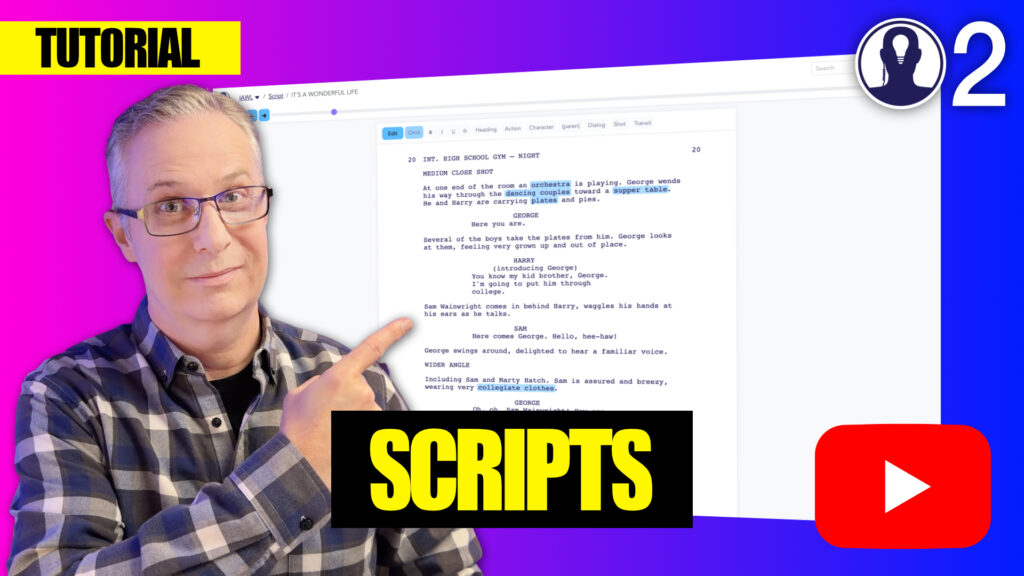In Think Crew, scenes are the building blocks of your script and production schedule. Understanding how to navigate, manage, and edit scenes is essential for efficient script breakdown and scheduling.
Scene Structure
When a script is imported, Think Crew automatically identifies and structures scenes with these key components:
- Scene Number: Appears in the margins and is used for reference throughout production
- Scene Heading: Contains location information (INT/EXT), setting, and time of day
- Scene Content: The action, dialogue, and other elements that make up the scene
- Scene Metadata: Automatically extracted data like INT/EXT status, day/night, and location
Navigating Between Scenes
Think Crew offers multiple ways to move between scenes:
- Use the scene slider in the navigation bar to quickly scroll through scenes
- Enter a scene number in the navigation field to jump directly to that scene
- Switch to “Script” view to see thumbnail previews of all scenes and click on any to open it
- Use the dropdown menu in the breakdown panel to select scenes by heading content
Scene Actions
You can perform several actions with scenes in Think Crew:
- Viewing: Examine scene content in formatted screenplay style
- Editing: Modify scene content while maintaining proper script formatting
- Tagging: Identify and mark elements within scenes for breakdown purposes
- Marking as OMIT: Flag scenes that should be skipped in production
- Page Counting: View automatic calculation of how many script pages a scene occupies
Scene management in Think Crew bridges the gap between your creative screenplay and your practical production planning, giving you flexibility while maintaining the organizational structure needed for efficient scheduling.
Here’s a tutorial video about working with scripts:

